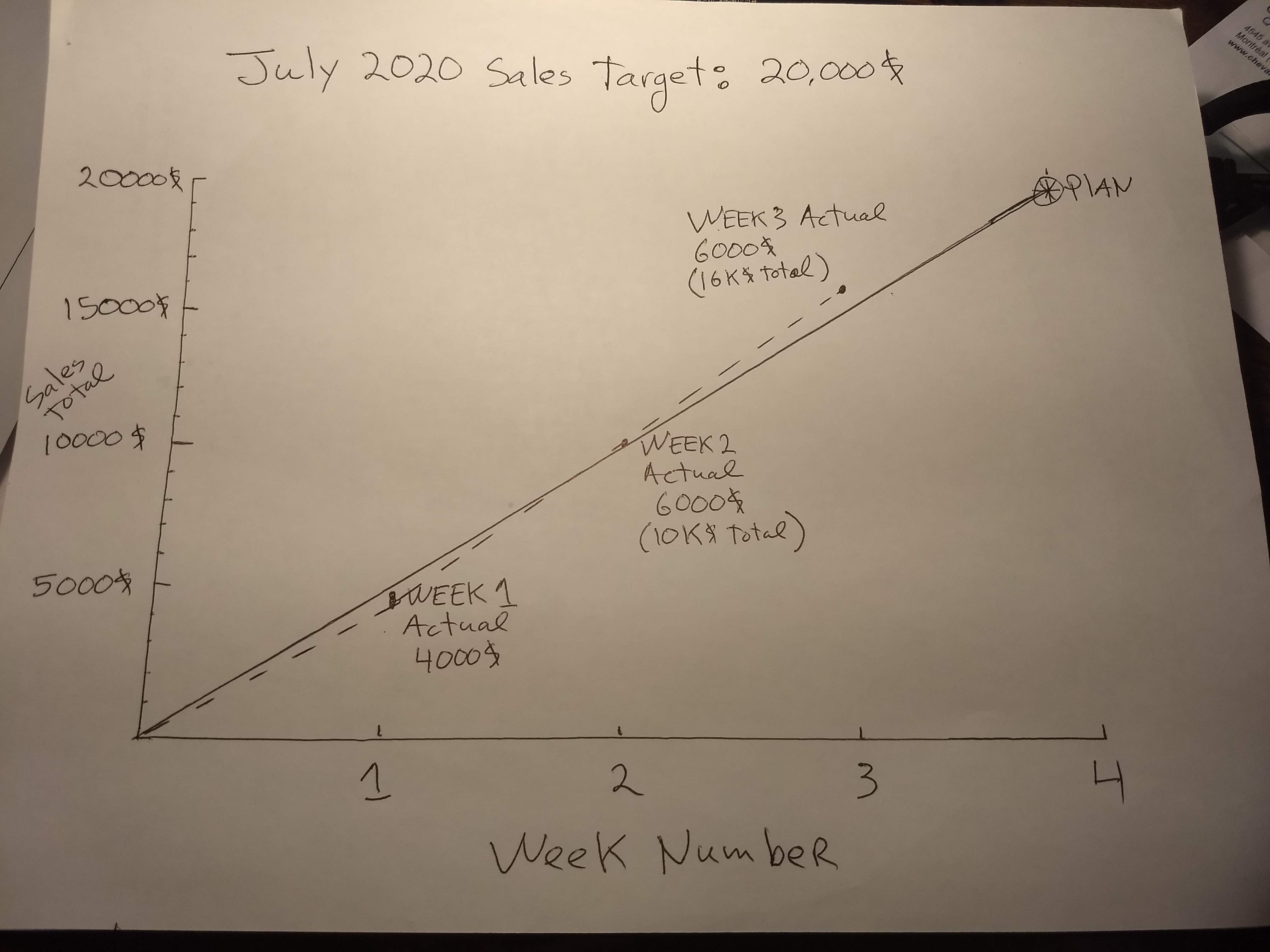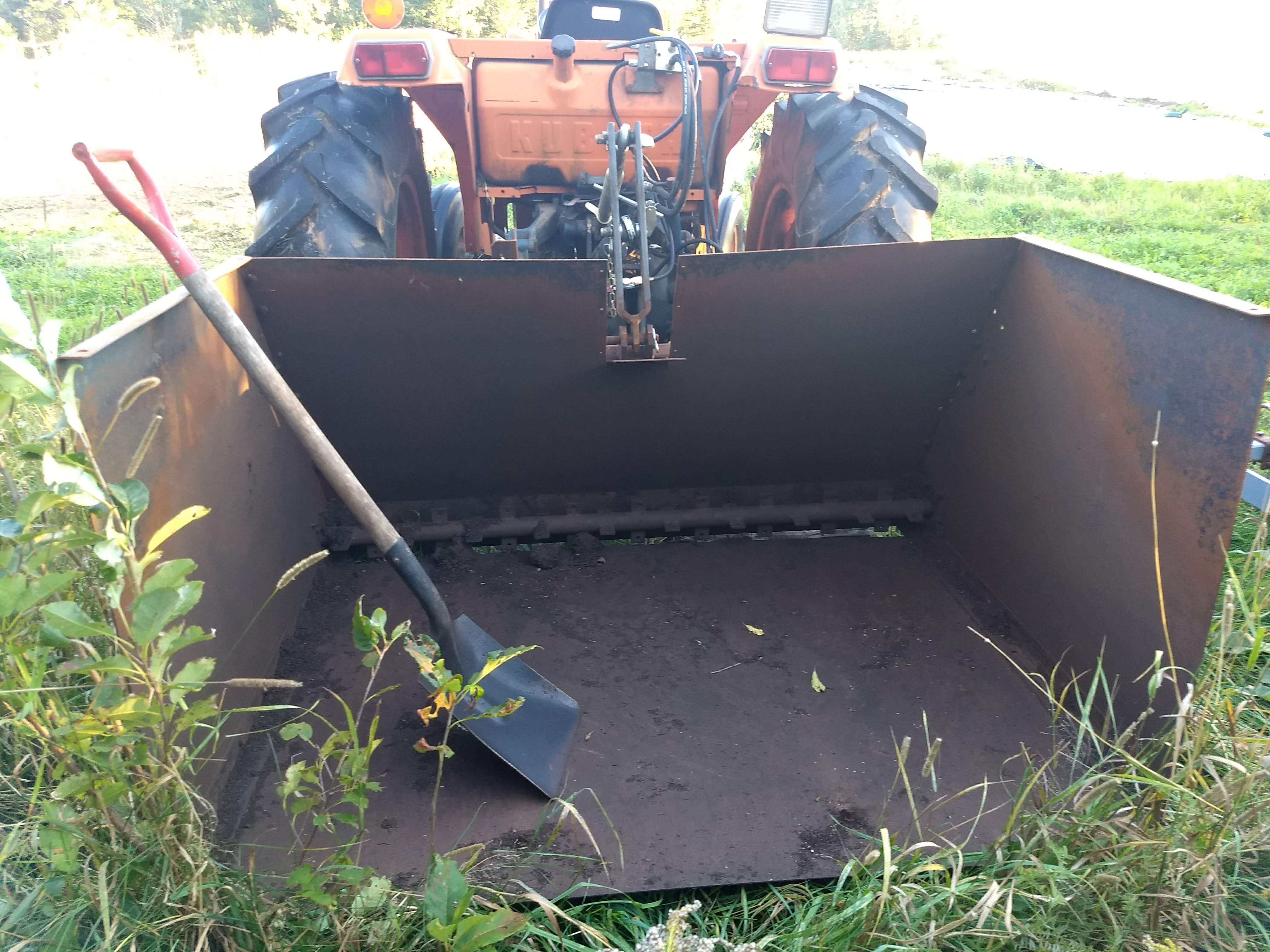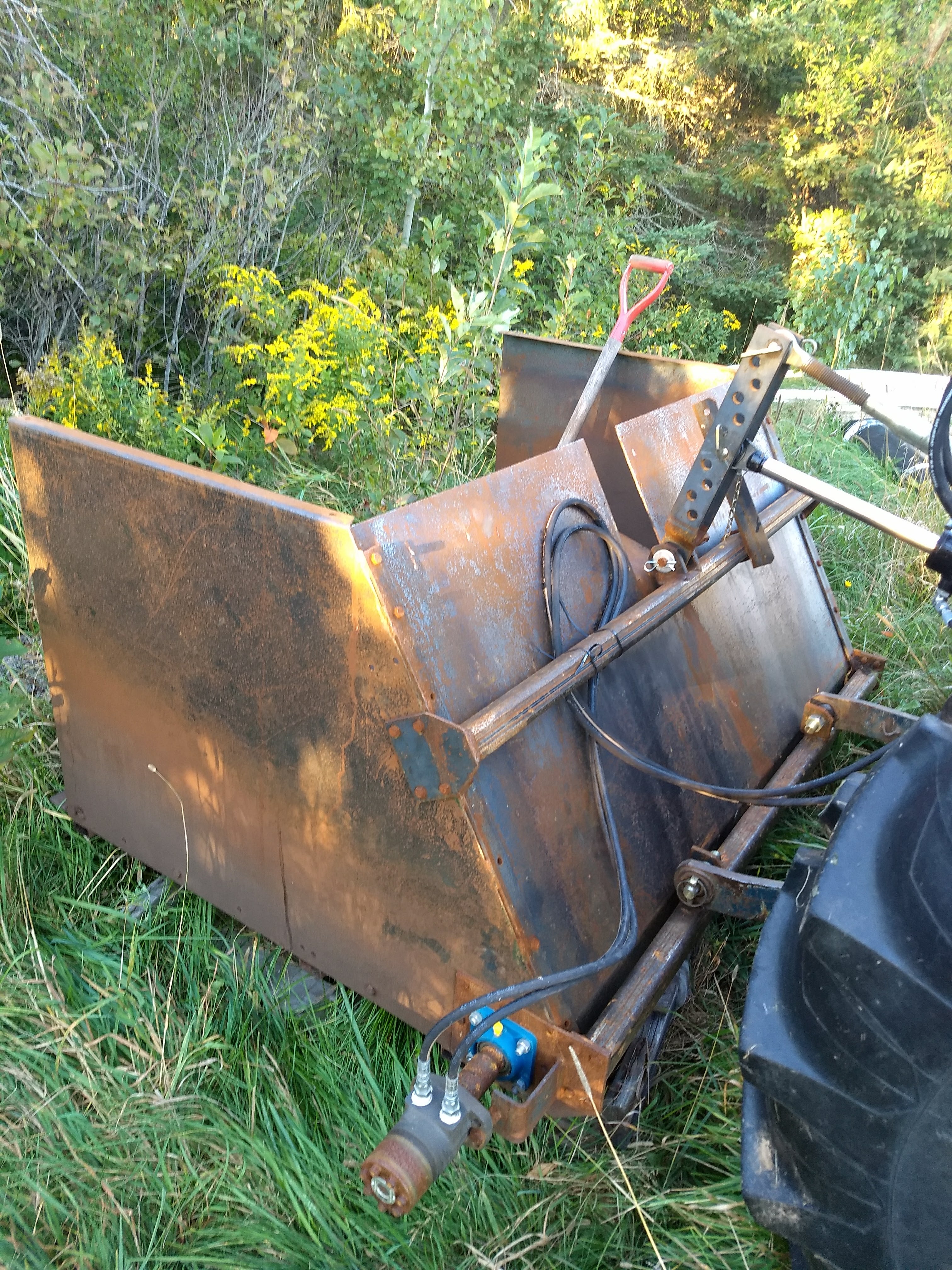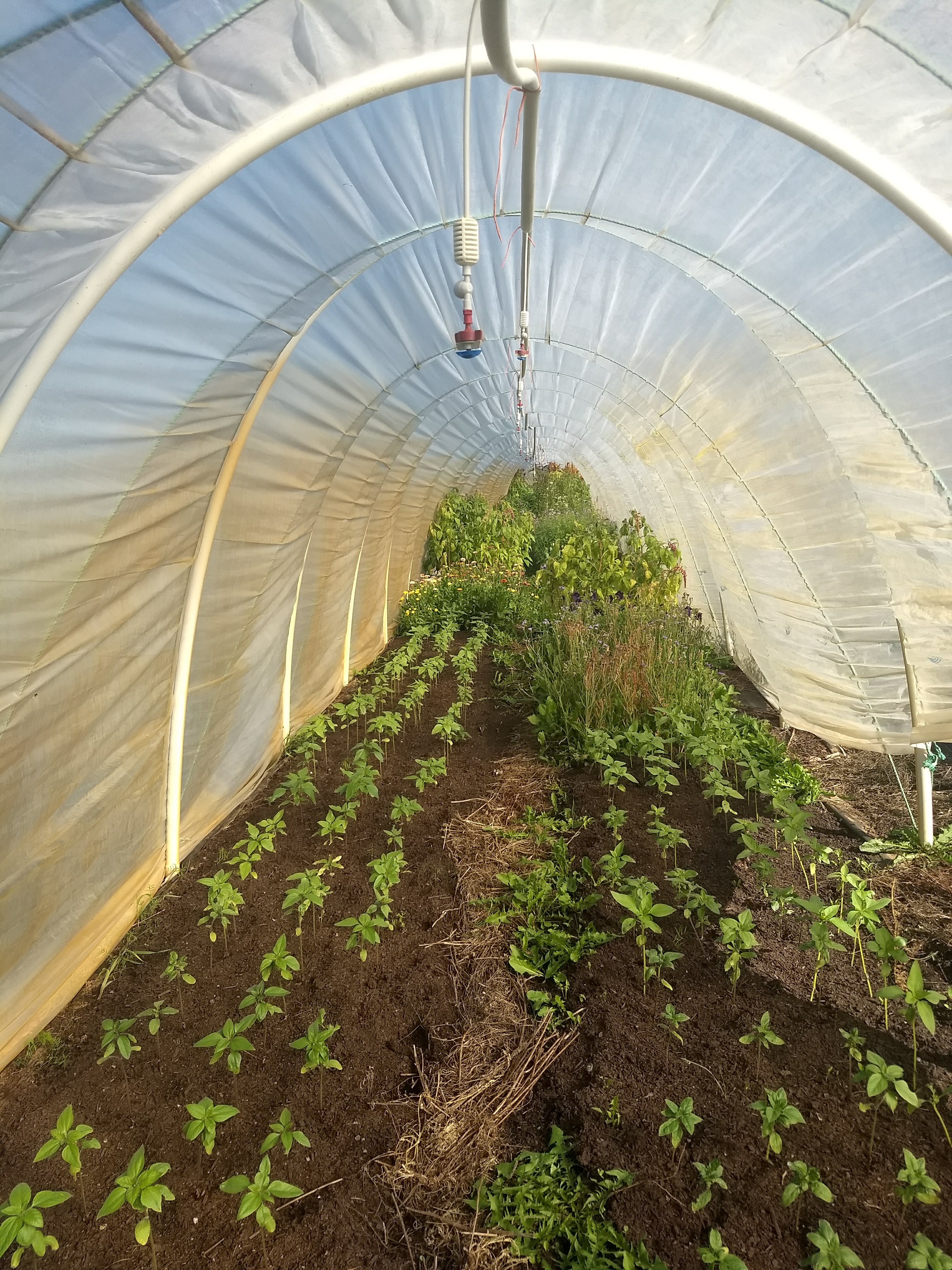Ahhh.. the joys of marketing!! For many of us, we got into farming for the love of being outdoors, growing food, being our own boss, and contributing to building a better world. And yet… Money is a necessary form of energy available for us to use in the accomplishment of that which is most meaningful to us.
It’s easy to feel that we’re at the mercy of the markets. That marketing is some nebulous thing for soft handed office people. That making the money we’d love to make is a goal that is mostly dependent on luck, good weather, and keeping our nose to the grindstone.
While there’s a certain truth to this, the fact of the matter is that there are some simple actions that can have a huge impact on reaching your financial goals.
Profit = Sales – Expenses… remember? Great! Let’s take a look at the “sales” portion of this equation today; we’ll dive into budgeting and expense in a future blog.
Today I offer you two simple practices to focus your energy and bring a greater degree of intentionality to your farm business.
- Setting clear, precise monthly sales targets.
- Reviewing those sales targets weekly with your team.
These two practices serve 3 main purposes.
Priming your brain
The power of clear intentions is not to be underestimated.
Setting a clear sales target primes your conscious and subconscious minds to see and seize opportunities that will contribute to you attaining your sales targets. Your mind is like a supercomputer whose role is to collect evidence and find patterns…and yet we only use about 5% of our brain’s capacity on a regular basis. By giving your brain a clear search query to focus on, you unleash a powerful search engine (have you ever noticed that if you’re shopping for a certain car or truck… all of a sudden it’s like that model is everywhere but you just never noticed it.)
The point is that hitting your sales target is accomplished through consistently taking actions that seize upon the available opportunities, moment by moment, day by day. With your brain primed to this, you will naturally be more inclined to see and act on such opportunities
Aligning your team
The second piece of this is to tap into the collective creativity of your team (even if that’s just one other person!). To do so, I suggest you post the following chart in a prominent area of the farm…. Ideally next to your weekly planning board in your farm “control center”. The purpose of this chart is to clearly show progress towards your monthly sales target. Each week, the past week’s sales are added, thus creating a second line that represents the actual sales.

Each week, take 5-10 minutes to review the chart with your team. They appreciate you giving them an insight into the big picture. They will feel more part of a team playing towards a goal. The desire to win is a powerful universal energy. As leaders, it is our role to tap into and channel this energy. You will be surprised at the ideas that you and your team will come up with, both by bringing in other opinions AND simply by getting it out of your head and being able to talk about this out loud. It’s amazing what we can see differently just by talking out loud about something.
Keeping you on track
Finally, this practice serves to keep you on track. The time to take action is in the present moment. By the time winter comes around and you finally get your bookkeeping all up to date… it’s TOO LATE to take action!!
It is way easier to course-correct early on… Before things get out of hand. And, yes. It actually is amazing what an impact we can have on sales in those moments that they need a little (or big) boost.
Your turn
These simple practices have worked for me on my farm, for my clients on their farms (and other small businesses), and they can work for you!
- Set your annual sales targets per sales channel (based on last year’s sales, on projected growth rates, and on your profit goals for the year).
- Break them down on a monthly basis based on the normal monthly variation of sales.
- Inform your team of this new practice.
- Start tracking sales RIGHT NOW!!! This is not only useful for market and wholesale, but also for tracking CSA sales in the coming months.
What would it be like to master the energy of money?
Ohh… and in case you hadn’t figured this out, I love this stuff!!! If you’re having any trouble implementing this, here’s a link to my calendar to book a free sample coaching session. Looking forward to meeting you!!







